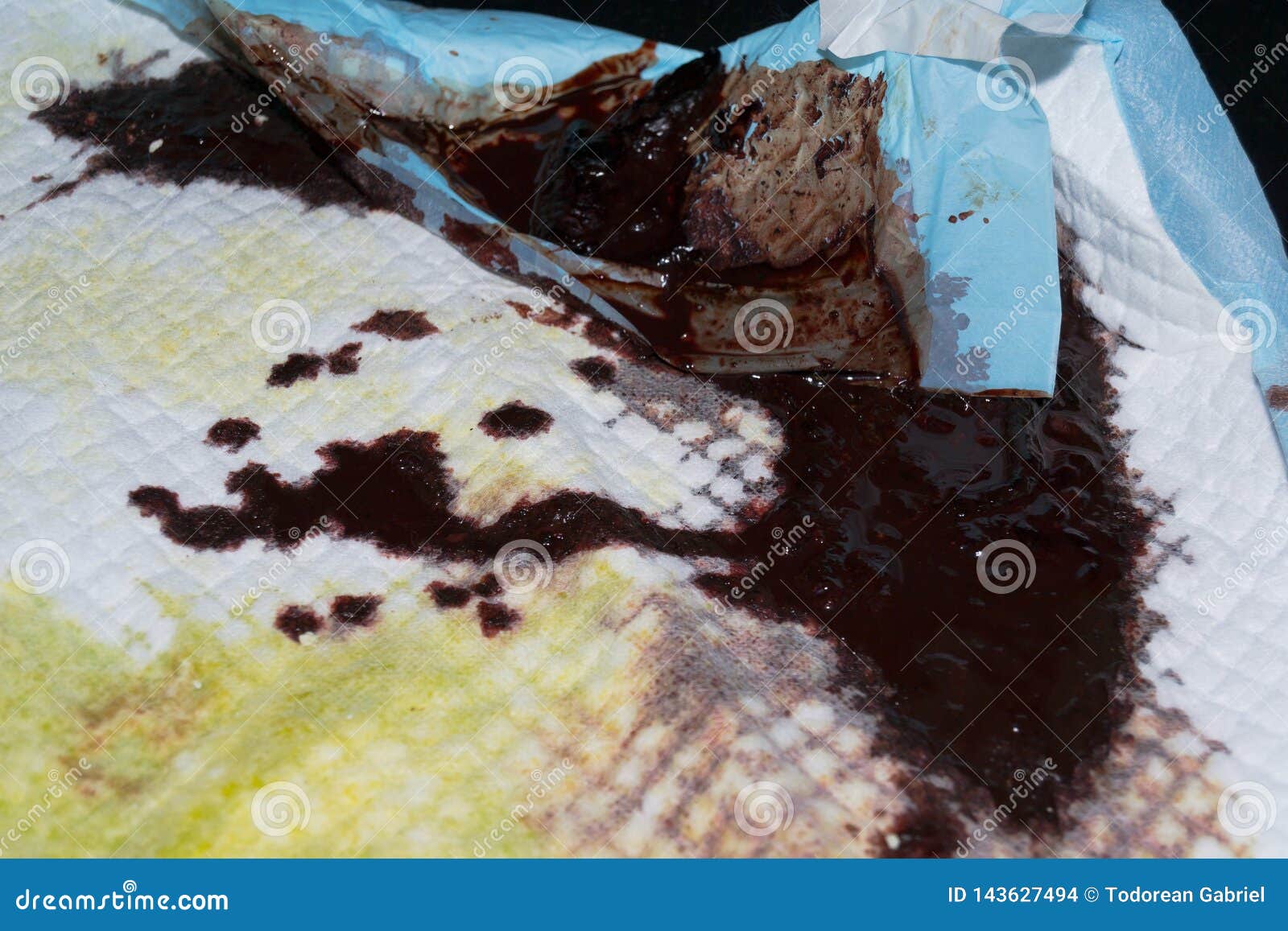

That’s because your poop (stool) is an important clue to your overall digestion and health. Sure, it’s not exactly dinner-party material, but it’s important to learn all you can about bowel movements - what’s weird, what’s normal, what’s healthy, what’s not. Find more health and medical information on ’s talk about poop. This article is written by Mayo Clinic staff.

If you have GERD, follow your health care provider's instructions for treating it.Limit your use of nonsteroidal anti-inflammatory drugs.Proctitis. Inflammation of the lining of the rectum can cause rectal bleeding.Anal fissures. These are small tears in the lining of the anus.Hemorrhoids. These are swollen veins in your anus or lower rectum, similar to varicose veins.Most are harmless, but some might be cancerous or can become cancerous if not removed. Colon polyps. Small clumps of cells that form on the lining of your colon can cause bleeding.Tumors. Noncanerous (benign) or cancerous tumors of the esophagus, stomach, colon or rectum can weaken the lining of the digestive tract and cause bleeding.Inflammatory bowel disease (IBD). This includes ulcerative colitis, which causes inflammation and sores in the colon and rectum, and Crohn's disease, and inflammation of the lining of the digestive tract.If one or more of the pouches become inflamed or infected, it's called diverticulitis. Diverticular disease. This involves the development of small, bulging pouches in the digestive tract (diverticulosis).Esophagitis. This inflammation of the esophagus is most commonly caused by gastroesophageal reflux disease (GERD).Abnormal, enlarged veins in the esophagus (esophageal varices). This condition occurs most often in people with serious liver disease.These are most common in people who drink alcohol to excess. Tears in the lining of the tube that connects your throat to your stomach (esophagus). Known as Mallory-Weiss tears, they can cause a lot of bleeding.Stomach acid, either from bacteria or use of anti-inflammatory drugs, damages the lining, leading to formation of sores. Peptic ulcers are sores that develop on the lining of the stomach and upper portion of the small intestine. Peptic ulcer. This is the most common cause of upper GI bleeding.Gastrointestinal bleeding can occur either in the upper or lower gastrointestinal tract. For other indications of GI bleeding, make an appointment with your health care provider. If you're vomiting blood, see blood in your stools or have black, tarry stools, seek immediate medical care. If you have symptoms of shock, you or someone else should call 911 or your local emergency medical number. Not urinating or urinating infrequently, in small amounts.If your bleeding starts abruptly and progresses rapidly, you could go into shock. Rectal bleeding, usually in or with stool.Vomiting blood, which might be red or might be dark brown and resemble coffee grounds in texture.Signs and symptoms depend on the location of the bleed, which can be anywhere on the GI tract, from where it starts - the mouth - to where it ends - the anus - and the rate of bleeding. Signs and symptoms of GI bleeding can be either obvious (overt) or hidden (occult).

Treatment depends on the source of the bleeding. Sophisticated imaging technology, when needed, can usually locate the cause of the bleeding. The level of bleeding can range from mild to severe and can be life-threatening. The blood often appears in stool or vomit but isn't always visible, though it may cause the stool to look black or tarry. Gastrointestinal (GI) bleeding is a symptom of a disorder in your digestive tract.


 0 kommentar(er)
0 kommentar(er)
